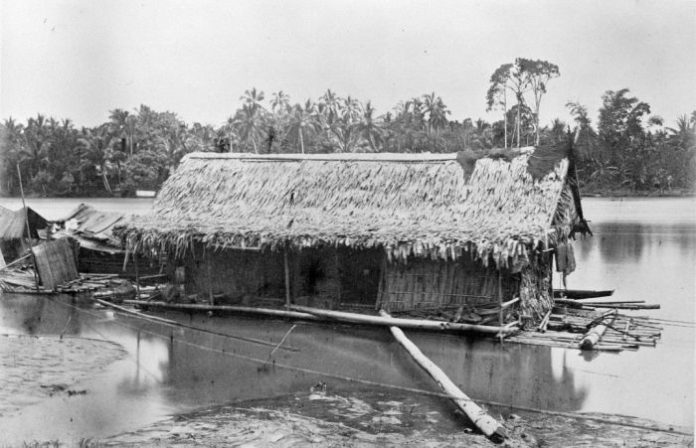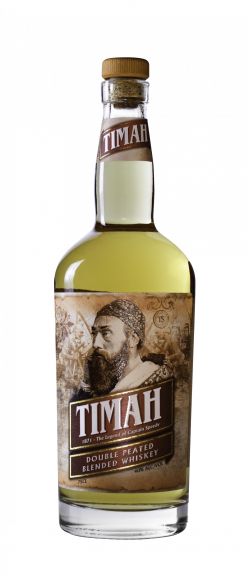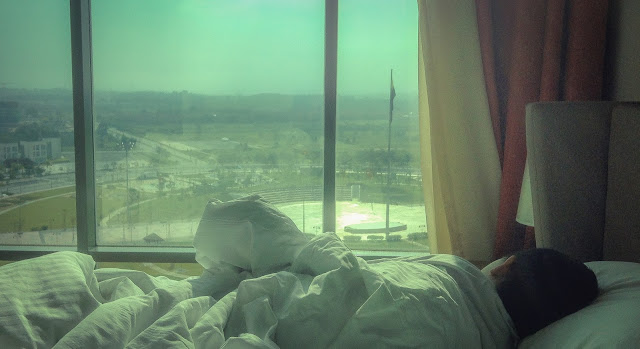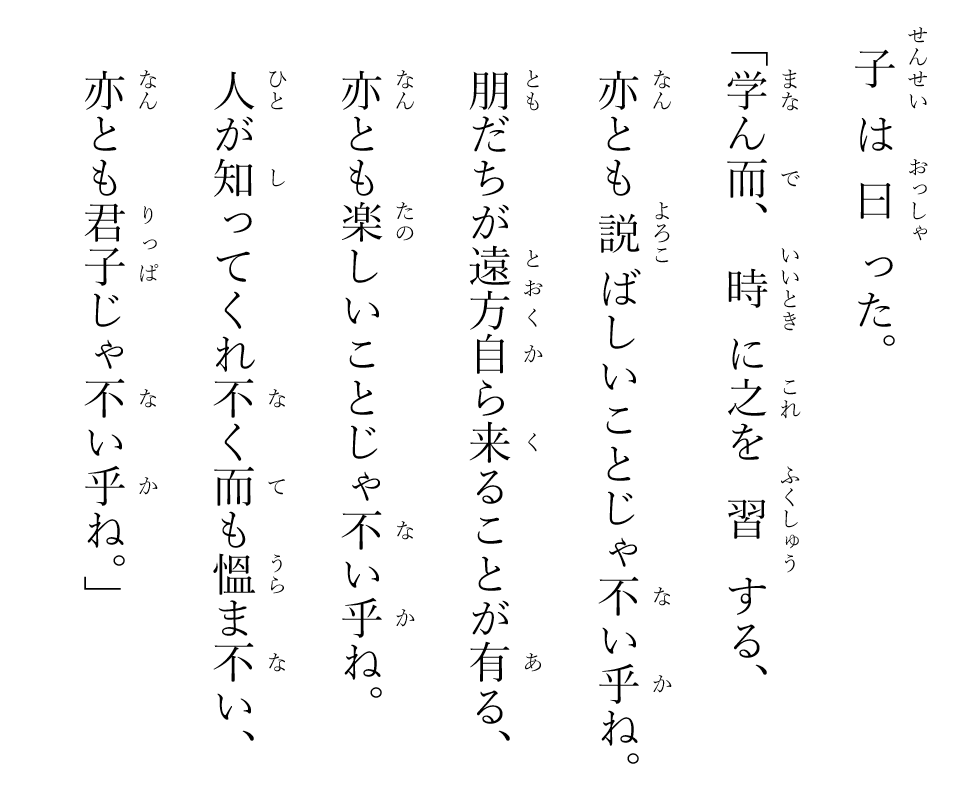The Mantri, the kings, and the legless man on the tree (1875)
Facere aude ,mori aude.
Lela, thinking in foreign tongue, as he ascended the gallows.
Execution Day, 20 January 1877
At all events I shall not burn any more houses.
Birch expressing private regret after he torched the house of Raja Ngah in Bidor
Burns (1976) The journals of J. W. W. Birch: First British Resident to Perak 1874 - 1875, Oxford University Press, p. 210.
At an Eid al-Fitr (1302 AH) feast in 1885, Raja Idris delivered a speech marking the 10th anniversary of British-style administration in Perak. The 36-year-old Malay prince expressed his full support for the system, stating his desire for it to continue and declaring he wished for no other.
Raja Idris's affirmation stood in stark contrast to a dark episode that had unfolded exactly a decade earlier, on the third day of Eid al-Fitr (1292 AH). On that day, Tuesday, 2 November 1875, Mr. James Wheeler Woodford Birch (b. 1826, d. 1875), was neutralized.

The following day, a search party was dispatched to recover his remains. Four days later, on 6 November, the body of the British Resident was finally discovered in Bandar Bharu. According to Jenkins, the body bore seven wounds and had been tied to a tree, but Birch's feet were visibly missing. Birch's boss in Singapore, William Jervois (b. 1821, d. 1897) retaliated forcefully by deploying military forces to Perak, hastily assembled from Hong Kong, Burma, India and Labuan. In December 1875, following roughly a month of Malay confrontation, Pasir Salak was captured by the British forces.
About one year later, in December 1876, the Malay leaders were captured and tried at the Residence of the Mantri, by two Malay judges and two English accessors (Raja Yusof, Raja Hussein, J. G. Davidson and W. E. Maxwell). This dark episode in Perak has a couple of unplanned consequences.
- Sultan Ismail fled to Kedah but he was handed by Sultan Ahmad Tajuddin III Mukarram Shah to Colonel Archibald E. H. Anson, the Lieutenant-Governor of Penang on 23 March 1876. Sultan Ismail was banished to Johor, and he eventually died in Skudai on 4 September 1889.
- Sultan Abdullah, the Mantri, the Laksamana, and the Shahbandar were exiled to the Seychelles. Ironically, that small island in the middle of Indian Ocean would later became the birthplace of both the Perak Anthem and Negaraku ♬ 🎻.
- Dato Maharaja Lela, Dato Sagor, Pandak Indut, Ngah Jabbor (Lela's brother), Panjang Buh, Kulup Ali, and Se Tuah, were sentenced to death. And first three of them executed by hanging on 20 January 1877, in Matang. Among them, the young Dato Maharaja Lela stood out. His inner last words were purportedly: Berani buat, berani mati (Dare to do, dare to die).
- Apparently Perak was able to operate without an official crown for about 4,000 days. Raja Yusof was installed only in 11 May 1887, he ruled only very briefly, \(n < 80\), and was replaced by Raja Idris.
- The British subsequently solidified their control over Perak and other native states, marking a decisive shift toward more direct colonial rule in Tanah-tanah Melayu.
With respect to the case against the Mantri, there are circumstances which, although they cannot be considered in the light of actual charges against him, should be noticed.
- He openly expressed dissatifaction with the Pangkor Treaty and conspired with Abdullah and Ismail to get that treaty broken;
- He caused Birch and Swettenham to be treated very inhospitably at Blanja in April 1874, ordering the people there not to supply them with food, without which he said the white people would be obliged to leave the country.
- He plotted, on this occasion, with the Laksamana to induce Ismail not to give up the regalia to Abdullah. At a meeting with Abdullah and chiefs at Kota Banda in October 1874, he undertook to have the treaty broken; he incited Sultan Abdullah when on his way to Blanja with the Laksamana to induce Ismail not to sign the treaty, owing to which the negotiations proved fruitless, thus keeping up the division of parties and preventing a settlement of affairs.
- He instigated the murder of Kerani Yusuf for ‘revealing secrets' as it was said to Mr. Birch.
- He encouraged Sultan Abdullah, on the occasion of visiting him at Kuala Kinta on the 26 March 1875, to resist Birch's proposals for administrative reform.
Considering all these circumstances, although not in relation to the charges against him, it becomes clear that Ngah Ibrahim is an intriguing character. With this in mind, the following charges, based on the evidence, take on a more serious significance.
- That in July 1875 he deputed Penghulu Mat Ali, Dato' of Kurau, to represent him at a full meeting of chiefs held by Sultan Abdullah on the 21st of the month at Durian Sebatang, at which it was determined to kill Mr. Birch.
- That in the beginning of August 1875, having received from Penghulu Mat Ali full information of the determination come to at the meeting at Durian Sebatang, viz, to devise measures to kill Mr. Birch, he not only expressed his full approbation thereof, but gave Penghulu Mat Ali the sum of $1,000 to purchase arms and ammunition, and directed him to collect an armed fleet of boats to attack Kota Setia, as soon as he received intelligence that Mr. Birch had been killed.
- That about the end of August 1875, he visited the ex-Sultan at Kinta by invitation, when he recommended Ismail to carry out quickly the plan which had been agreed upon at Durian Sebatang, and to send for the Maharaja Lela to give him his authority to kill Mr. Birch.
- That in September 1875, at a secret meeting in the Laksamana's boat, consisting of the Maharaja Lela, the Laksamana, Toh Nara, Rajah Yahya, and himself, he openly expressed his approval of the design of the Maharaja Lela to kill Mr. Birch.
- That the same night the chief above mentioned had a private interview with the ex-Sultan, at which he recommended Ismail to reject the Governor's proposals, and to authorise the Maharaja Lela to kill Mr. Birch.
- That at the same meeting, he made arrangements with the Laksamana to send assistance to the Maharaja Lela and to attack Kuala Kangsar, whilst the Laksamana was to attack from Bandar Bahru down the river.
- That upon hearing of the murder of Mr. Birch, he at once sent word to Penghulu Mat Ali to attack Kota Setia, which attack failed in consequence of the presence of men-of-war on the coast.
- Since the astronomical new moon was on 29 October (10:13 am local time), the new moon must be readily visible on the next evening, i.e. Inception of Syawal 1292 = Dusk of 30 October 1875. Pandak Indut, a Batak peon from Sumatra, killed Mat Arshad and inadvertently sparked the Perak revolt. His act was likely unplanned, for his master could hardly have intended to launch such a major uprising during the festive week of Raya in 1292 AH. The original plan, conceived by Dato Maharaja Lela, was probably to assassinate Birch only after Hari Raya, as Birch had been warned by a police sergeant at Kota Setia. Unfortunately, Pandak Indut, unable to tolerate Mat Arshad’s arrogance, decided to send him to his Maker on the second day of Raya. Mat Arshad’s death ignited a wave of violence, unleashing the fury that burned in the Batak’s heart.
- Raja Idris was crowned two years later, after his Eid speech. His full regnal name was: Idris Murshid al-Aʿẓam Shah إدريس مرشد الأعظم شاه.

- H. B. Rich (1876) Campaign in the Malay Peninsula, The School of Military Engineering, Chatham. See also M. Gordon (2020) Extreme violence and the British Way: Colonial warfare in Perak, Sierra Leone and Sudan, Bloomsbury Academic, London, p. 52. In Sub-Enclosure No. 10 (9 November 1875) of The Services of the Naval Brigade in the Malay Peninsula, Abbott described the recovery of Birch’s body as follows: . . . at about six o’clock this evening, the body of Mr. Birch was brought down the river by Rajah Dam. Upon examination, it was found that he had sustained ten spear wounds or stabs . . .
- Sultan Abdullah was permitted to return to Singapore from the Seychelles in 1894, nearly 20 years after Birch’s assassination. R. O. Winstedt recalled encountering the aging ex-Sultan in Singapore, who, while gesturing toward the mansion of the Sultan of Johor and his motorcars, remarked wistfully, “Had I but foreseen!”. See R. O. Winstedt (1951) Malaya and its history, Hitchinson's University Library, London, p. 68.

Birch was reportedly taking his bath in a rumah rakit when he was hacked in the head by Sepuntum. See Buyong Adil (1972) p. 94.

The Mantri and his children
- In a report dated 11 November 1875 (A voice from Larut, Straits Observer, 16 November 1875, p. 2), Jenkins wrote:
The body of Mr. Birch was found tied up to a tree in Banda Baru with seven wounds, minus the feet, by a party sent up expressly to search for it on 3rd instant, and was buried with military honors at the Residency.
From what I have heard from influential quarters, the Natives of Perak, backed by their Chiefs, either directly or indirectly, are determined to fight us. Larut is quiet. We are all preparing for war. If the enemy should venture to attack us here we will give them a warm reception.
The Mantri of this place caught intriguing is kept a close prisoner, i.e. detained at the Residency until further orders. Sultan Abdoola has fled - no one knows of his whereabouts. Captain Speedy is instructing the Sepoys how to skirmish with the enemy.
It is expected that the Chinese settlers and miners will side with us. Hence distribution of arms to them is contemplated. They are useful as auxiliaries only.
The pass from Perak to Larut is strongly guarded. Several communcations from the enemy have been intercepted. No further news from Perak have been received. Provisions are becoming dear. Weather fine.

- Pinang 9th November 1875 (Straits Observer, 16 November 1875, p. 3). The S. S. Plato arrived at 3 am this morning and reports that Mr. Birch's body was recovered by a party consisting of a combined military and police force under the command of Lieutenants Booth and Elliot and Superintendent Plunkett. Captain Innes and Mr. Swettenham accompanied it. The body was tied to a tree, seven wounds were on it, the feet being cut off. The party were however fired upon and Captain Innes was shot through the heart; after some fighting, our men had to retire, which they did in good order with the following heavy list of casualities; Lieutenant Elliot badly wounded. Lieutenant Booth slightly. 1 Private 10th Regiment missing. 4 Private 10th Regiment severely wounded. 4 Private 10th Regiment slightly. 1 Seikh dead. 1 Seikh severely wounded. 1 Police man wounded. 2 Friendly Malays, one of rank, missing.
The Seikh guards and Policemen were found to be perfectly useless. Mr. Birch was buried near the Residency on the 7th, and Captain Innes was to be intered on the evening of the same day. His Excellency the Governor arrived off the Perak river on the morning of the 8th with Captain Dunlop, Dr. Randell and 25 Artillery men. H. M. S Fly had arrived the preceding day with 80 rank and file of H. M's 10th Regiment and Dr. Orton. The thistie was there also. Sultan Abdoolla fled from the Residency on the approach of the troops in the Pluto. The whole country is supposed to be armed.
- Pinang 10th November 1875 (Straits Observer, 16 November 1875, p. 3). The S. S. Pyah Pekhet arrive at 3 pm with Lieutenant Elliot and the rest of the wounded. His Excellency the Governor left Perak for Singapore yesterday. The Military and Naval forces were to proceeed up the river today and attack the stockade at which Captain Innes was shot. Mr. Birch's body was recovered on the 6th, and Captain Innes lost his life in leading an expedition on the following day against a stockade further up the river than where Mr. Birch's body were found. The authorities here have got orders to prepare quarters for 1,500 soldiers from India.
- Laksamana Mohamad Amin (d. 1908) was the father-in-law to Ngah Ibrahim. The Shahbandar was the uncle to Dato Maharaja Lela.

- For a description of the execution of Dato Maharaja Lela, Dato Sagor, and Pandak Indut, see the following article in the Straits Times Overland Journal (8 February 1877), p. 9: . . . Maharajah Lela, Datu Sagor and Pandak Indut were launched into eternity on Saturday morning last; last first met his fate without uttering a word, he walked boldly up the scaffold in a manner which the Malays commonly say - ‘brani buat brani mati,' the second and third, I am told, asked that they might be strung up at Qualla Kangsar, they were both forced to go up the gallows; the second (Sagor) broke or snapped two handcuffs off, and when the trapdoor fell, he grasped the rope tightly with one hand, lifted himself slightly, and wrapped his legs around the post, but of course he was overpowered and had to submit to die after all . . . Datu Sagor's actions may be intepreted as an act of cowardice, yet they could suggest that, deep within, he lacked the same resolve as Dato Maharaja Lela, and perhaps, Sultan Abdullah, in their plot to take the Resident’s life. As one account observes: . . . with Datu Sagor the case is different. Perhaps he deserves to escape with his life. There is not a doubt that he was present at Birch's murder, but it is equally ceratin that, but for him, Sub-Lieutenant Abbott would have stood but a poor chance of escaping alive. Abbott had been shooting near Kampong Gaja (Datu Sagor's place) on the left bank of the river and was returing to cross over to Passir Salak when Datu Sagor met him and told him what had happened. He advised him to take to the jungle, but Abbott preferred to run the gauntlet in a Saga or native boat and fortunately reached Bandhar Bahru unharmed. Had it not been for this he would certainly have crossed over and would equally certainly have been killed. Doubtless the Datu was plotting all along against the life of Mr. Birch and richly deserves hanging, but he has this one strong point in his favour . . .






Comments